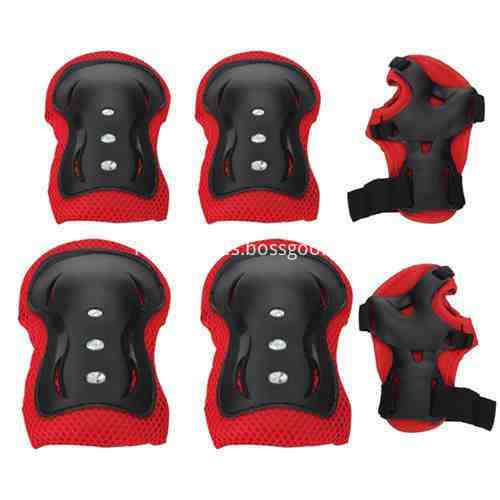Rub several times on the front of the zinc plate with water-sanded paper and rinse with water.
2 copper treatment liquid
Salt: 270g
Water: 1000ml
Acetic acid: 100ml
196. What is the operating point of the drying metal letterpress coating photographic solution?
The photosensitive liquid was uniformly coated on a metal base plate and dried with heating to form a photosensitive layer. Photosensitive liquids are mostly composed of ammonium dichromate and gelatin, polyvinyl alcohol or shellac and other polymer film forming substances. The sensitized solution of ammonium dichromate and shellac is called cold enamel photographic solution (they do not need to be baked prior to etching). It is suitable for making zinc plate, avoiding zinc plate heating and then crystallization, resulting in rough printing plate and brittleness. Telescopic degumming, difficult to corrosion defects. But can not be used for copper plate drying, because shellac is insoluble in water, need to use ammonia as a solvent, ammonia and copper will form a complex copper ammonium salt, increase the photographic effect, so that the layout blurred. The metal plate coated with the photosensitive liquid should be heated and dried at a heating temperature of about 70°C.
197. What are the operating points for the exposure of the sunken metal relief?
After the positive imposition of the film, the film is overlaid on the metal sensitized plate, and the stencil is placed in the stencil. The glass of the frame is lowered, and the vacuum pump is turned on to make the sensitized plate, the negative plate and the plate glass fully. Attached, you can turn on the light exposure. The exposure time depends on the type of light source and the distance between the lamps. The distance between the lamps should not be less than 0.5m. This can prevent the glass of the drying rack from being unevenly heated and smashing or affecting the quality due to uneven illumination.
A blue-violet light source with a wavelength range of about 360 nm is used for exposure, and the transparent portion of the negative film is hardened by the corresponding photosensitive film and loses its original water-solubility. The light-sensitive film still remains water-soluble.
198. What is the content of the developing operation of the sunken metal relief?
The exposed metal relief plate is rinsed with water to remove the unexposed photosensitive film and reveal a graphic hardened film. The developed plate is dyed in a 3% methyl violet solution (a malachite green, alcohol solution is used for shellac) to make the picture clearly visible, and then the image quality is checked. If there is fog, cotton wool or foam can be used. Scrub with water.
In order to make the photosensitive film astringent and dehydrated, it is necessary to place the plate in a 4 to 5° Bé chromic anhydride hardener film, and it is appropriate for the cyanine film to be black and glossy.
199. What is the purpose of baking the metal letterpress?
The roasting plate is used to dispel the moisture of the photographic emulsion film, making it porcelainized and having a high resistance to acid and corrosion. The plate is placed in an oven at 180 to 200°C and baked at a constant temperature for 10 to 20 minutes. At this time, the layout is uniform. Dark maroon, and shiny.
200. What is the revision operation of the dried metal relief?
Use scraping pens to scrape off dirty, stray, and dead-line paintings; use a brush to pick up revised inks made from asphalt paint or paints plus turpentine, and fill in broken paintings, warming and baking.
201. Dry metal etching fluid
Corrosion is the etching of the blank area of ​​the layout, to meet the requirements of embossing.
The zinc plate is etched with dilute nitric acid solution. Its chemical reaction formula is:
4Zn+10HNO3 (dilute)=4Zn(NO3)2+N2O+5H2O
The copper plate is etched with ferric chloride solution. Its chemical reaction formula is:
2FeCl3+Cu=CuCl2+2FeCl2
General corrosion methods are the following: mechanical corrosion, etching, pen etching.
202. What are the characteristics of drying metallic relief using mechanical etching?
The exposed plate is placed in an eroding machine and a rotating water-repellent blade is used to spray the etching solution onto the plate. This kind of corrosion method has large impact force, can continuously remove the salt impurities generated in the layout, and has a strong corrosion effect, and the layout is deep and the contrast is large.
203. What is the characteristic of the etched metal relief using etch etching?
Also known as the static rot method, the printing plate is clamped on both sides of the grooved wood board, and the film is immersed in the etching liquid under the surface, and the corroded metal slag and the generated salt can be continuously dropped to obtain satisfactory quality.
In order to make up for the photographic and photo printing defects, an upward facing etching method may also be used.
204. What is the characteristic of the use of pen corrosion etching method for drying metal letterpress?
With a fresh pen, apply fresh corrosive solution, and apply a few seconds to the part to be locally eroded. Wipe again with a dry damp cloth and repeat. This method is mostly used to erode downwards and make local corrections to high-profile levels to highlight the correction of bright points and high-level gradations or fading gradations (such as sky clouds).
205. What are the characteristics of the zinc corrosion relief operation?
Zinc corrosion must be mechanical. Because nitric acid erodes the colorless and odorless nitrogen oxides produced by the zinc plate, oxygen in the air can produce toxic red-brown nitrogen dioxide. Corrosion machine seal outlet is equipped with a vent pipe, which can emit toxic gases.

Protective suit,kids helmet,adult helmet ,knee protector,palm protector
Yong Kang Jun Ran Sports Factory , http://www.junran-sports.com